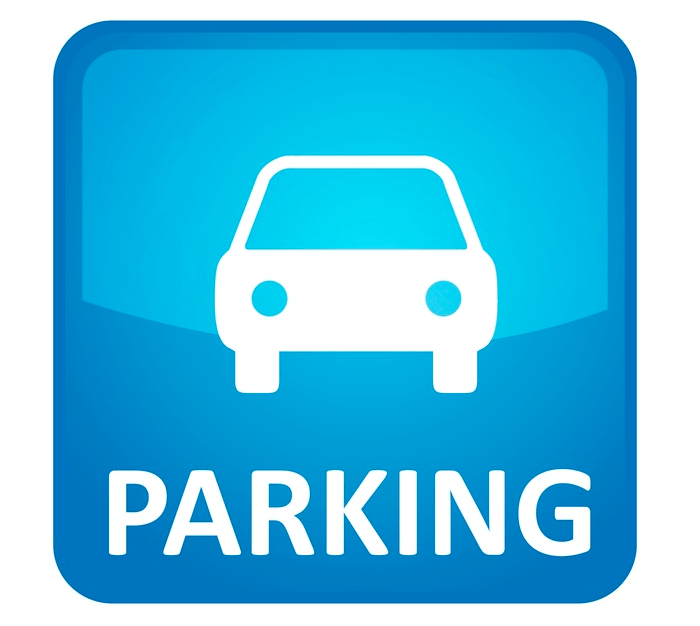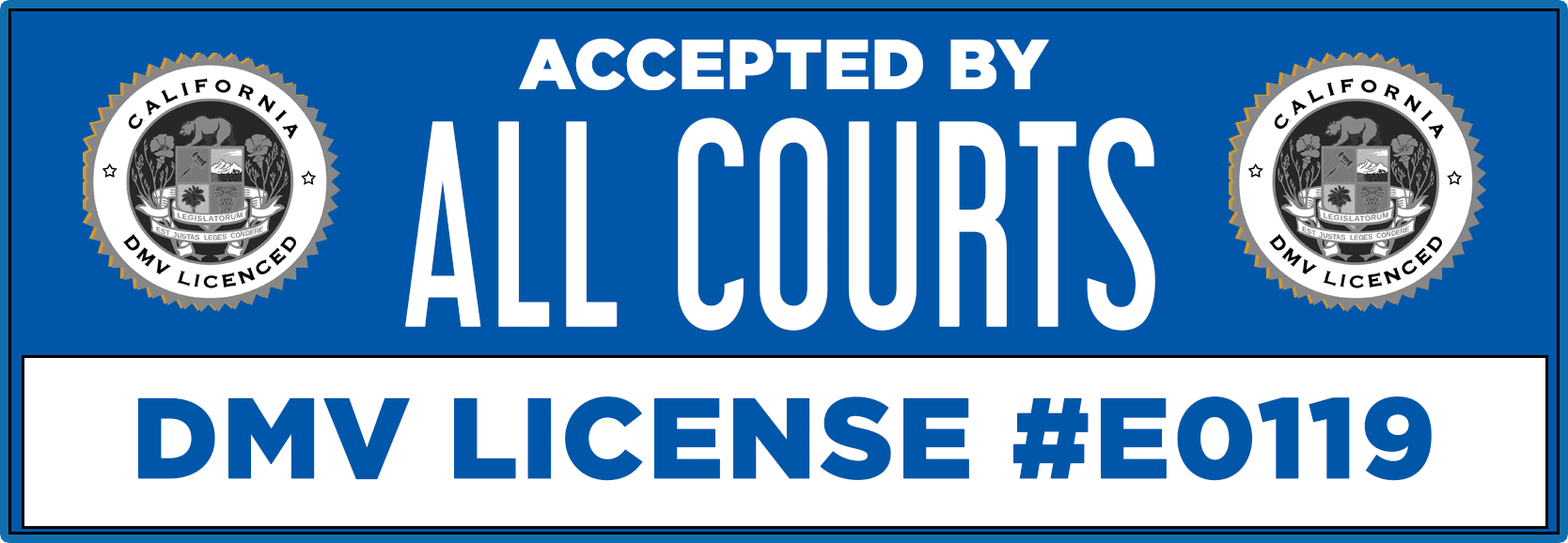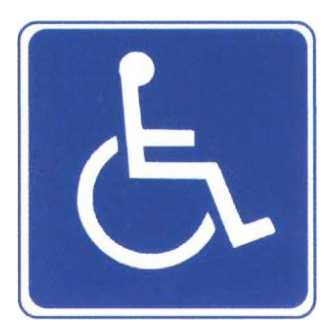Special Parking Rules

- When you park alongside a curb, the front and back wheels must be parallel and within 18 inches of the curb. If there is no curb, parallel parking is required.
- Never leave your car until you have stopped the engine and set the parking brake.
- Don’t open your door on the traffic side unless it is safe to do so and doesn’t interfere with traffic. Look for passing bicycles and motorcycles. Do not leave the door open any longer than is necessary to load or unload passengers.
When you park headed downhill, turn your front wheels into the curb or toward the side of the road. Set the parking brake. When you park headed uphill, turn your front wheels away from the curb and let your vehicle roll back a few inches until the rear of one front wheel gently touches the curb. Then set the parking brake.
For either uphill or downhill parking, if there is no curb, turn the wheels toward the side of the road so the car will roll away from the center of the road if the brakes fail. When you park on a sloping driveway, turn the wheels so that the car will not roll into the street if the brakes fail. Always set your parking brake. Leave the vehicle in gear and use the “parking” position if your vehicle has an automatic transmission.
Curb Markings
This blue symbol also marks parking spaces and special areas for disabled people. Disabled persons may apply for special license plates and/or placards at any DMV office. With these plates or signs, disabled people may park in these special areas. No one else may park there. Holders of disabled person plates or placards may park for unlimited periods of time in parking spaces where a sign indicates a restricted length of time.
NOTE: Placard abuse can result in cancellation or revocation of the placard and the loss of special parking privileges. Protect your parking privileges and help eliminate placard abuse by never allowing your placard to be used by others, even family members or friends, unless you are being transported in the vehicle.
Amend: Government Code §14679 Amend: Vehicle Code §§22511.59, 22511.8, 42001.13 Add: Vehicle Code §22511.95 (AB 1531 Chapter 413)
- Limits the maximum consecutive number of times a person can renew a temporary disability parking placard.
- Increases fines for second and third violations related to illegal parking in disabled spaces.
- Alters signage and painting requirements for disabled parking spaces of buildings constructed or renovated on or after July 1, 2008.
Never park where you will block traffic. Do not park or leave your car:
- In an intersection.
- On a crosswalk (marked or unmarked); or on a sidewalk.
- Within 3 feet of a sidewalk ramp for the disabled.
- Within 15 feet of a fire hydrant (except if the vehicle is attended by a licensed driver who is sitting in the front seat and can immediately move such vehicle in case of necessity; except if the vehicle is owned or operated by a fire department and is clearly marked as a fire department vehicle.)
This blue symbol also marks parking spaces and special areas for disabled people. Disabled persons may apply for special license plates and/or placards at any DMV office. With these plates or signs, disabled people may park in these special areas. No one else may park there. Holders of disabled person plates or placards may park for unlimited periods of time in parking spaces where a sign indicates a restricted length of time.






